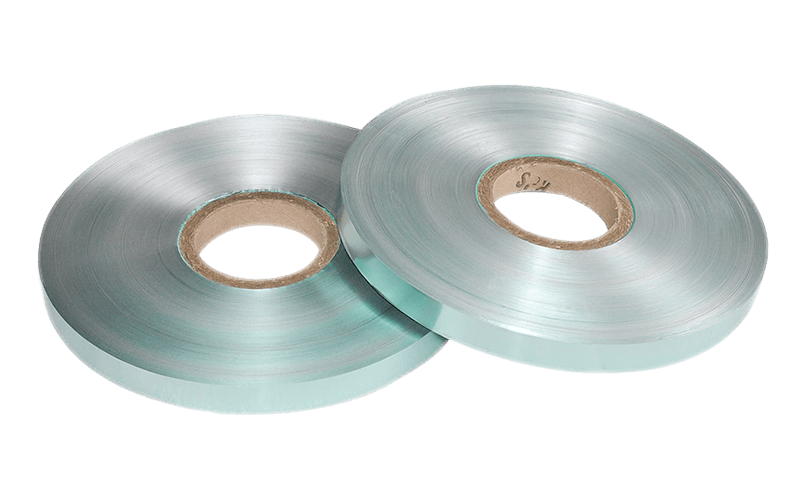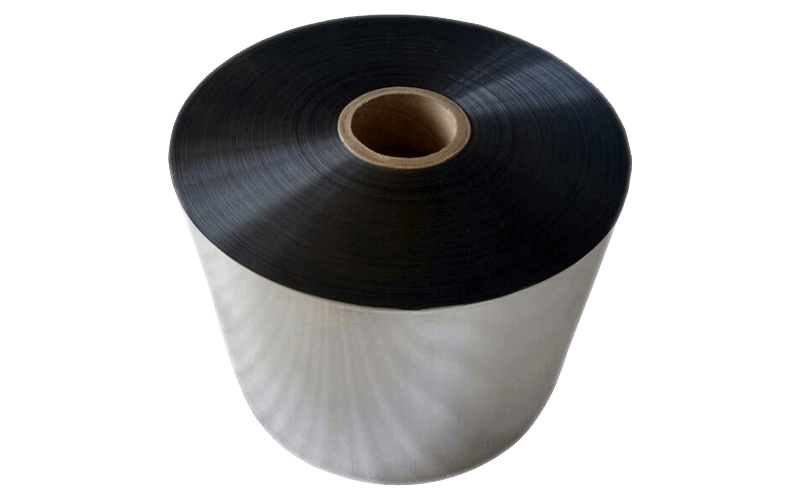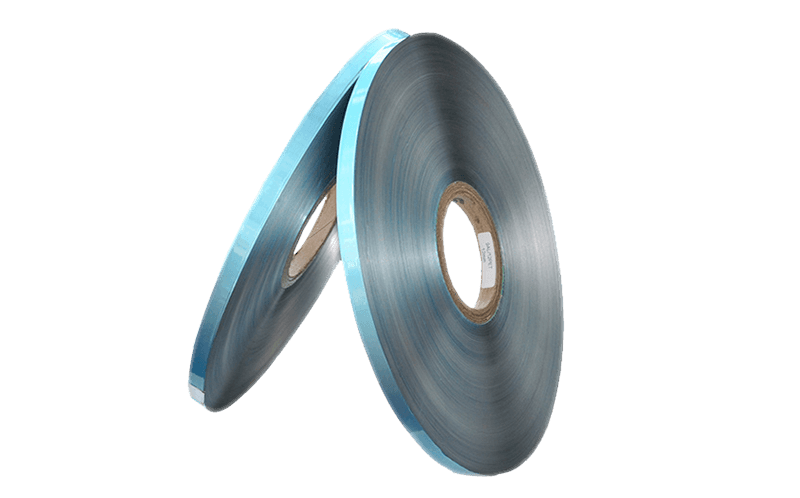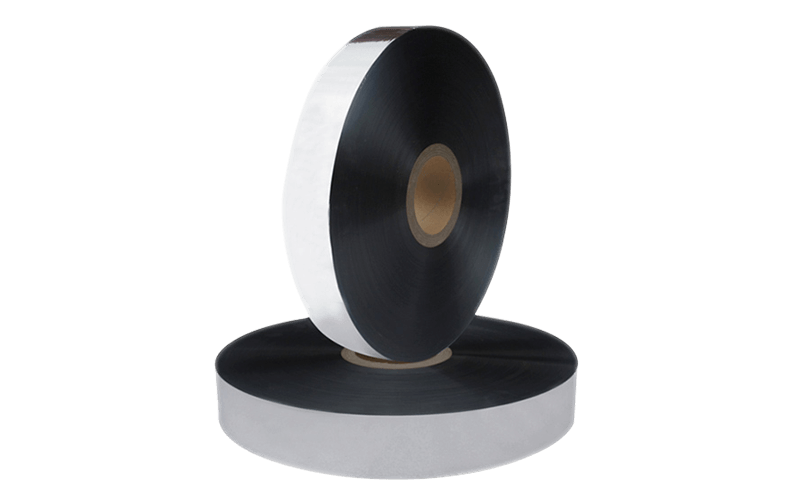Cable insulation materials come in a variety of forms. […]
Cable insulation materials come in a variety of forms. Here are the different types of insulation material, and how they can help protect your cables. The insulating properties of different materials differ in their properties, but they all help prevent electrical current from flowing through a cable. EPDM and PVDF cables are made from a similar material, but with different properties.PTFE is one of the most popular cable insulation materials due to its superior fire and smoke resistance, good electrical properties, and widest temperature range of all plastics. The material is also very flexible and has very low friction, making it a perfect material for cables. Another advantage of PTFE is its thin non-stick properties, allowing for compact design and minimal friction between layers and components. This reduces the footprint of cables while increasing their flexibility.
heat sealing single side 9AL/23PET/3PVC for cable

Place of Origin:Zhejiang, China
Model Number:DX201010-19
Material:AL & PET& PVC
Rated Voltage:10kv
Product name:hot melting aluminum pet mylar tape
Quality:Grade A
Exhibition:Home and abroad
Product Laminating Line:Over 4 lines
PTFE cables are also excellent for high-temperature applications, due to their high dielectric strength and low dissipation factor. The material is also extremely resistant to water, humidity, and UV rays. As a result, they can withstand extremely high operating temperatures without any problems.EPDM is a common cable insulation material. Its properties make it a good choice for many electrical applications, including power cables. The insulation layer protects the cable against heat and moisture. It is also resistant to abrasion. EPDM cables are typically made from two layers, the insulating and the jacket layers.Testing the insulation layer for water resistance is an important factor when choosing an electrical cable.
Water-resistant insulation is important for a wide range of applications, and EPDM offers a high level of resistance to moisture. The insulating layer has an extremely low coefficient of friction, and it prevents electricity from escaping.EPDM is a very inexpensive material. This material has a broad range of applications and is useful in low-temperature environments. It can handle temperatures between -10 and 96 C. In ideal conditions, it is also resistant to heat and ozone. However, cable with a propylene insulator should never be handled below -10 C. The low temperatures can cause premature cracking.Polyvinylidene fluoride (PVDF) is a versatile, cost-effective cable insulation material.
It exhibits excellent chemical, heat, and oil resistance. It is also flame resistant and lightweight, making it a great choice for thin-wall insulated cables. This material is also resistant to extreme temperatures, making it an excellent choice for cables that have to withstand UL standard 910 plenum cable flame test.The material is a great choice for many applications, ranging from electrical cables to computer wires. Its high electrical and flame-resistance properties make it an excellent choice for aircraft electrical cables. It is also used in chemical-resistant pipes and bottles.Neoprene is a synthetic rubber material that is oil and sunlight-proof. It was among the first synthetic rubbers developed and is extremely versatile. It can operate at temperatures as low as -25 degrees Celsius and can endure extreme bending. Its strength and flexibility make it a suitable material for cables used in heavy-duty applications. Neoprene also resists water, oil, and grease.



